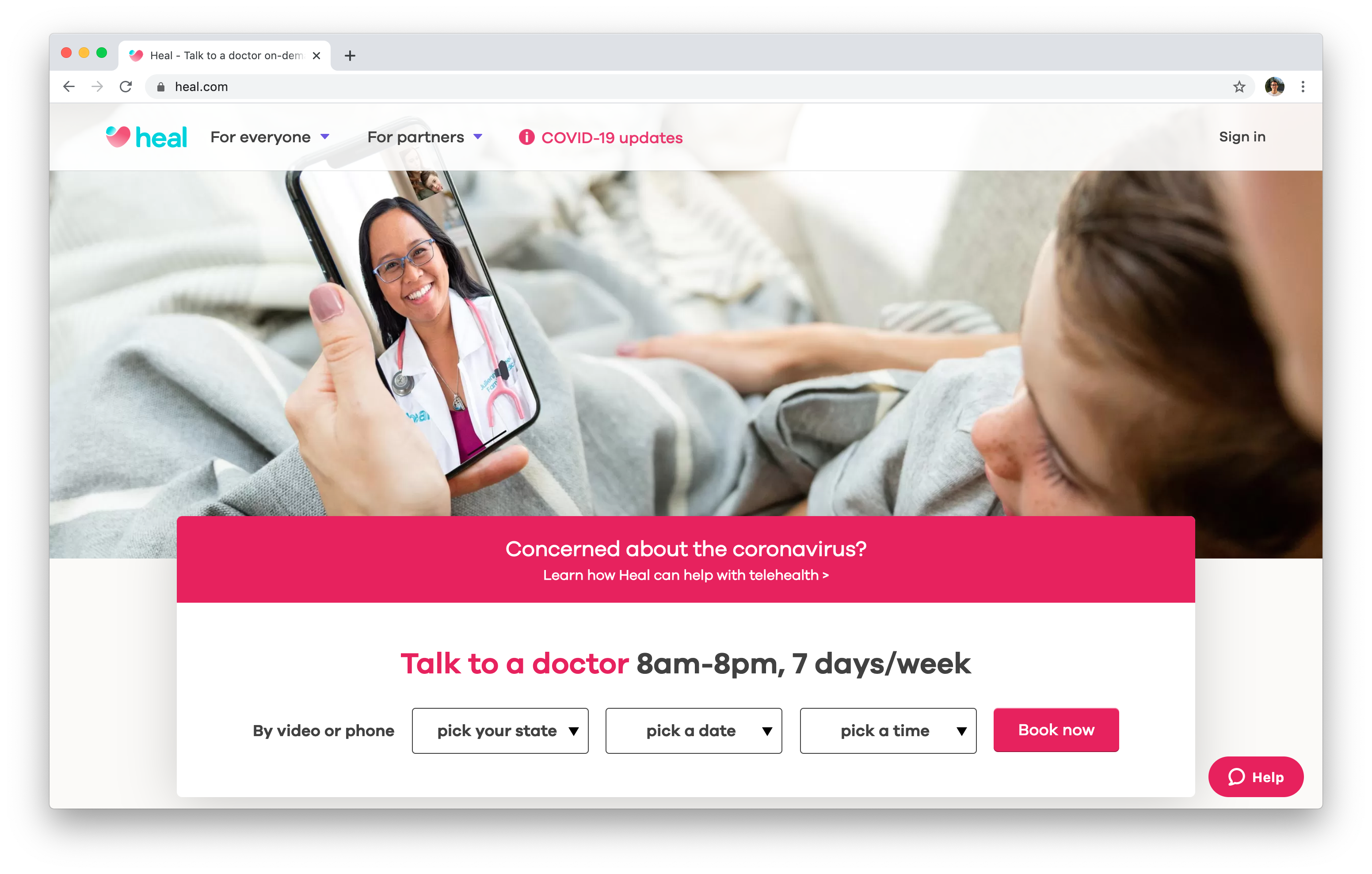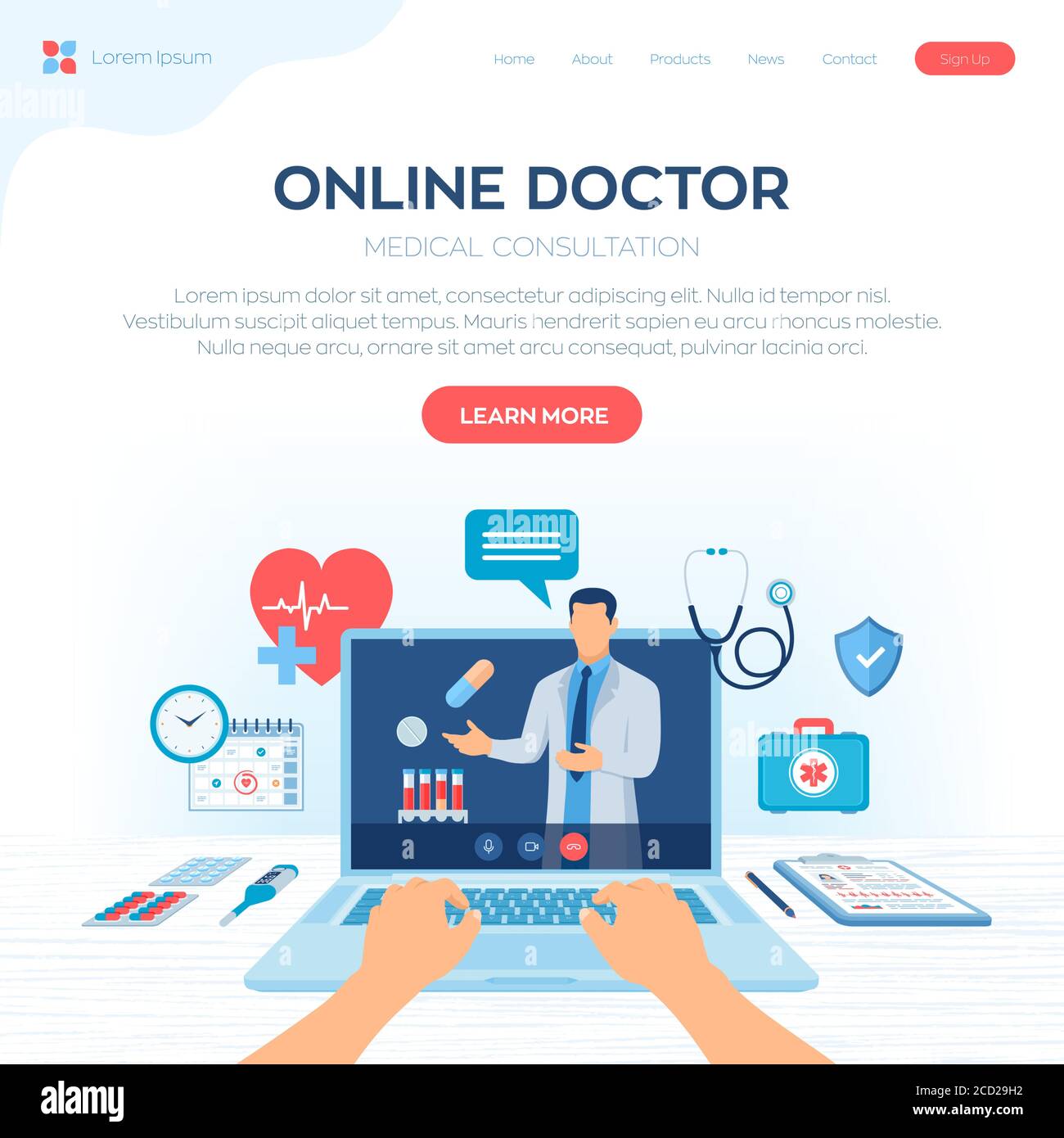A Comprehensive Overview to Subscription Based Healthcare: What You Need to Know
A Comprehensive Overview to Subscription Based Healthcare: What You Need to Know
Blog Article
The Surge of Subscription-Based Healthcare and Its Effect On Person Care
As healthcare progresses, the subscription-based version is obtaining grip, promising to transform client care by using predictability and access. These versions, which bypass typical insurance, might redefine the patient-doctor dynamic, emphasizing personalized and preventative care. Yet, as with any development, they present difficulties, especially worrying fair access for all socioeconomic groups. The possibility for these versions to reshape healthcare delivery elevates pushing concerns about their long-term sustainability and inclusivity. Are these registration solutions the future of healthcare, or do they risk leaving at risk populaces behind? The ins and outs of this shift warrant a closer exam.
Recognizing Subscription Medical Care Models
Realizing the concept of membership healthcare designs involves taking a look at a transformative approach to medical solutions that emphasizes cost and accessibility. These designs, often referred to as straight health care (DPC) or concierge medication, have become cutting-edge alternatives to conventional fee-for-service medical care systems. Subscription health care enables people to pay a fixed regular monthly or yearly cost for a defined collection of clinical solutions, which may include unrestricted workplace visits, routine examinations, and standard laboratory examinations, without the need for conventional insurance coverage payment.
The framework of membership health care versions is made to streamline client care by eliminating third-party payers and complicated invoicing codes, consequently lowering management worries. Healthcare suppliers can concentrate extra on person treatment, cultivating more powerful patient-provider connections. This design likewise promotes preventative care by urging normal brows through, as the economic barrier of per-visit costs is gotten rid of.
The membership design typically equips health care service providers to take care of smaller individual panels, permitting even more tailored treatment. It lines up financial motivations with patient health end results, as carriers are encouraged to preserve patient satisfaction and health. Overall, recognizing registration health care models calls for acknowledging their potential to improve how treatment is provided and accessed.
Advantages for Service Providers and patients

For carriers, subscription-based models provide the chance to strengthen patient-provider connections. With a stable profits stream, medical care specialists can commit even more time to every individual, causing a much more tailored and thorough care experience. This version additionally reduces dependence above person quantities, alleviating burnout and enhancing work satisfaction. Moreover, the focus on precautionary care within subscription strategies can cause much better patient results and decreased long-term medical care prices. By focusing on continuous treatment, companies can address concerns before they rise, eventually benefiting the health care system as a whole by lowering the problem on emergency and intense care solutions.
Difficulties and Problems
While subscription-based medical care versions existing many advantages, they likewise come with a set of challenges and concerns that have to be resolved. This elevates honest concerns about equitable accessibility to health care services.
Financial sustainability of subscription-based models is an additional worry. Carriers need to balance the set revenue from registrations with the variable expenses of healthcare solutions, which may fluctuate as a result of unpredicted clinical needs. This can create stress to limit solutions or rise charges, possibly influencing person contentment and care quality.
Moreover, governing oversight of subscription-based healthcare designs is still developing. The absence of standard frameworks can bring about irregular service top quality and responsibility, making complex efforts to make certain client protection. Last but not least, the integration of modern technology-- commonly a cornerstone of these versions-- raises concerns regarding information privacy and safety and security, as sensitive person info might be vulnerable to breaches. Addressing these difficulties is crucial for the effective and fair application of subscription-based healthcare.
Influence On Patient-Doctor Relationships
One considerable impact of subscription-based healthcare models on patient-doctor connections is the capacity for enhanced continuity and personalized care. By adopting a subscription design, medical professionals can manage a smaller sized client panel, enabling more dedicated time with each individual. This boosted availability fosters a much deeper understanding of a patient's medical history, way of living, and preferences, making it possible for a lot more tailored therapy strategies and interventions.

Nonetheless, it is very important to recognize that while subscription-based models may profit those who can manage them, they could accidentally widen health care disparities. Patients that are incapable to get involved in these designs may experience reduced accessibility to individualized care, possibly impacting their connections with medical care service providers. Therefore, while the subscription version uses encouraging benefits for patient-doctor partnerships, it additionally postures challenges that need to be resolved to make sure fair health care access.
Future of Healthcare Gain Access To

The function of technology can not be overlooked in this improvement. Telemedicine systems and digital health and wellness documents promote smooth interaction in between people and doctor, breaking down geographical and logistical barriers. Furthermore, improvements in artificial intelligence and information analytics can better individualize treatment by forecasting patient requirements and enhancing treatment strategies.
Nonetheless, the future of medical care gain access to also provides difficulties, such as making certain equity across different socio-economic teams. Policymakers and healthcare suppliers must work together to link the electronic divide, ensuring that subscription-based versions stay economical and comprehensive. As these systems develop, they hold the assurance of making medical care extra available, effective, and patient-centric.
Final Thought
Subscription-based healthcare designs are reshaping patient treatment by giving a stable expense structure and enhancing access. These models enhance patient-provider connections through personalized treatment and routine check outs, highlighting preventative wellness. In spite of these advantages, obstacles such as availability concerns for low-income populations and the demand for fair medical care remedies linger. The surge of subscription-based health care motivates aggressive individual engagement, which has the potential to enhance client outcomes and satisfaction, indicating a transformative shift in healthcare distribution.
As healthcare evolves, the subscription-based version is acquiring traction, promising to change client treatment by using predictability and availability.Subscription-based health care designs provide distinct benefits for both service providers and patients, boosting the general health care experience.As healthcare systems evolve, the future of medical care gain access to often pivots on the combination of ingenious models and modern technologies.Subscription-based health care models are improving individual visit site care by giving a steady cost framework and enhancing accessibility. The rise of subscription-based health care encourages positive patient involvement, which has the potential to boost click for more client end results and fulfillment, signaling a transformative shift in medical care shipment.
Report this page